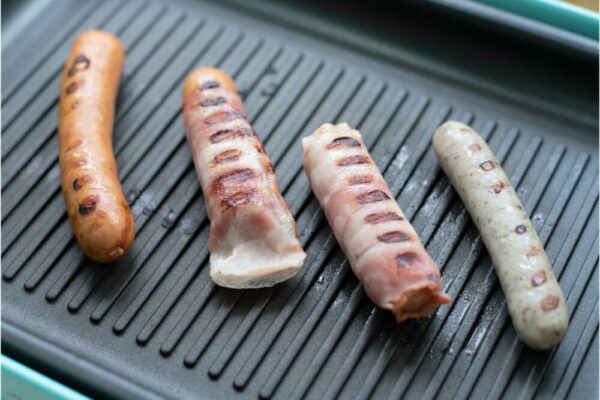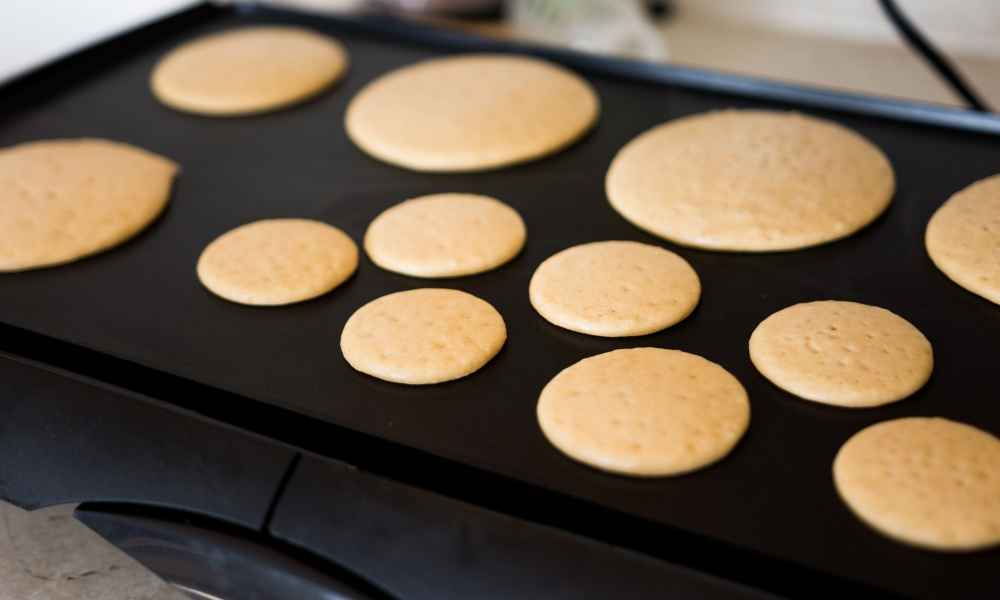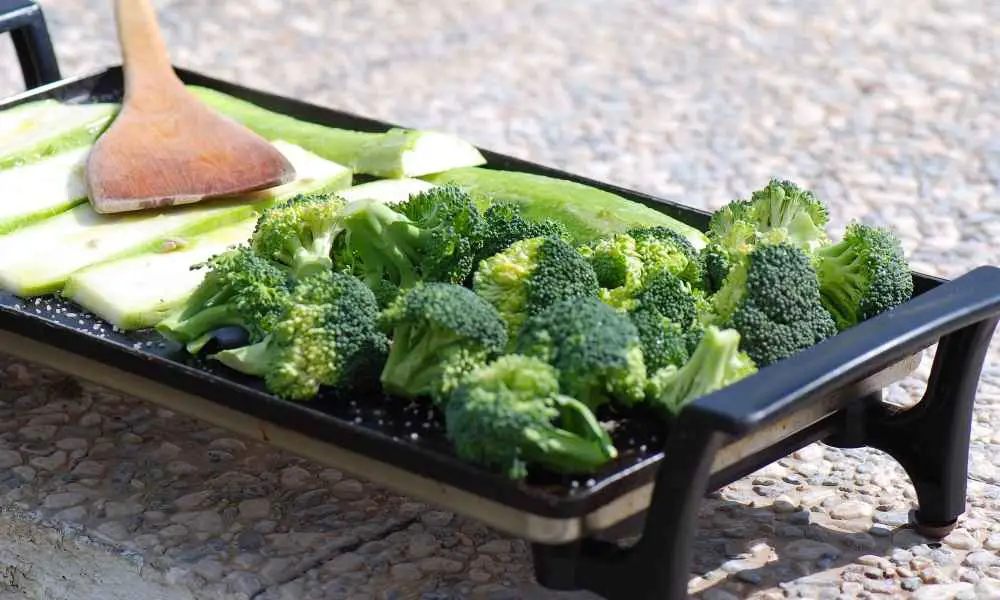Are you in the market for a new griddle but unsure whether to choose a stainless steel or cast iron model? Both options have their benefits and drawbacks, and it can be challenging to determine which one is the best fit for your needs. In this article, we will explore the differences between stainless steel griddle tops and cast iron griddles, so you can make an informed decision.
Stainless Steel Griddle Tops
If you’re in the market for a new griddle, you might be wondering whether to go with a stainless steel griddle top or a cast iron one. In this section, we’ll focus on stainless steel griddle tops and explore their pros and cons.
Pros of Stainless Steel Griddle Tops
One of the biggest advantages of stainless steel griddle tops is their durability. They can last for a long time and are often backed by lifetime warranties. They’re also lightweight and versatile, making them easy to move around and use for outdoor cooking.
Stainless steel griddle tops are non-reactive, which means they won’t interact with acidic foods and alter their taste. They’re also great for high-heat cooking and can retain heat well, making them ideal for searing meats and cooking pancakes.
Another advantage of stainless steel griddle tops is their non-stick properties. While they may not be as non-stick as Teflon-coated griddles, they still offer some level of non-stickiness, which makes them easier to clean.
Cons of Stainless Steel Griddle Tops
One downside of stainless steel griddle tops is that they can be expensive. They’re often pricier than cast iron griddles, which can be a turn-off for some buyers. Additionally, stainless steel griddle tops can scratch easily, which can be frustrating for some users.
Another issue with stainless steel griddle tops is that food can sometimes stick to them. This can be especially problematic if you’re cooking delicate items like eggs or fish. However, with proper maintenance and cleaning, this issue can be minimized.
Finally, stainless steel griddle tops are reactive to some substances, which means they can interact with certain foods and alter their taste. However, this is not a major concern for most people and can be mitigated by avoiding cooking acidic foods on the griddle.
Overall, stainless steel griddle tops offer a great combination of durability, heat retention, and non-stick properties. While they may be more expensive than cast iron griddles and require some maintenance, they’re a great choice for anyone looking for a versatile and long-lasting griddle.
Cast Iron Griddle Tops
If you’re looking for a griddle top that can handle high heat and provide excellent searing, a cast iron griddle top might be the way to go. Cast iron griddles are known for their durability and ability to retain heat, making them a popular choice among grill enthusiasts.
Pros of Cast Iron Griddle Tops
One of the biggest advantages of cast iron griddle tops is their ability to retain heat. Cast iron is a great conductor of heat, which means that it heats up quickly and evenly. This makes it easier to cook food evenly and avoid hot spots on the griddle. Additionally, the heat retention of cast iron means that you can cook food at a lower temperature for a longer period of time without worrying about it getting cold.
Another benefit of cast iron griddle tops is the flavor they can add to your food. Cast iron is porous, which means that it can absorb the flavors of the food you cook on it. Over time, this can create a unique and delicious flavor profile that is hard to replicate with other types of griddle tops.
Cons of Cast Iron Griddle Tops
One of the downsides of cast iron griddle tops is their weight. Cast iron is a heavy material, which can make it difficult to move the griddle top around or store it when it’s not in use. Additionally, cast iron griddles require regular seasoning to prevent rust and keep food from sticking. This can be a time-consuming process that requires some maintenance.
Another potential drawback of cast iron griddle tops is their reaction to acidic chemicals, such as tomato sauce. Cast iron can react with acidic chemicals, which can cause the griddle to develop a metallic taste and discoloration. To avoid this, it’s important to clean your cast iron griddle top thoroughly after each use.
Overall, if you’re looking for a tough, durable griddle top that can handle high heat and provide excellent flavor, a cast iron griddle top might be the way to go. Just be prepared to put in a little extra effort when it comes to maintenance and seasoning.
Cast Iron vs. Stainless Steel Griddle Tops
If you’re in the market for a griddle top, you might be wondering whether to go with cast iron or stainless steel. Both materials have their pros and cons, and ultimately, the choice will depend on your personal preferences and needs.
Cast Iron Griddle Tops
Cast iron is a popular choice for griddle tops because it is durable and retains heat well. Cast iron griddles are also versatile and can be used on a variety of cooking surfaces, including gas and electric stovetops, as well as over a campfire.
One downside of cast iron griddles is that they can be heavy and difficult to move around. They also require seasoning to prevent rust and maintain their non-stick surface. Additionally, cast iron griddles can take longer to heat up than stainless steel griddles.
Stainless Steel Griddle Tops
Stainless steel griddle tops are lightweight and easy to move around, making them a great choice for outdoor cooking or for those who want a portable griddle. They also heat up quickly and evenly, which can save you time when cooking.
One downside of stainless steel griddles is that they don’t retain heat as well as cast iron griddles, which can make it more difficult to maintain a consistent cooking temperature. Stainless steel griddles can also be more expensive than cast iron griddles.
In summary, cast iron griddle tops are durable and retain heat well, but can be heavy and require seasoning. Stainless steel griddle tops are lightweight and heat up quickly, but may not retain heat as well as cast iron griddles. Consider your cooking needs and preferences when choosing between the two materials.



